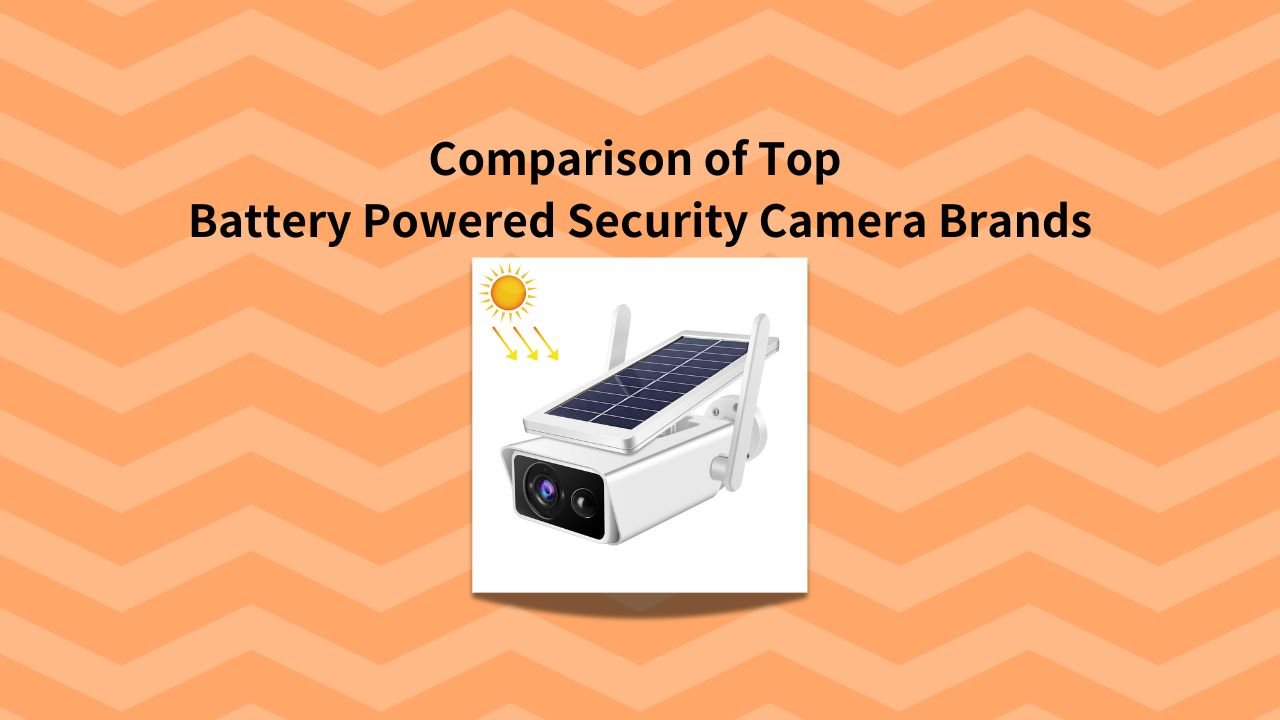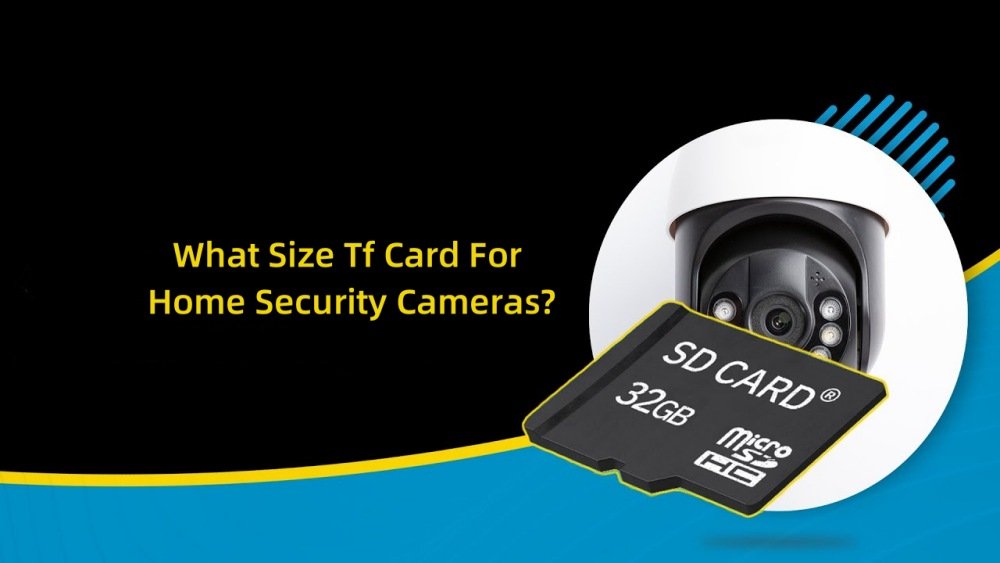Security cameras have become one of the most powerful tools for safeguarding our homes, businesses, and public spaces. They offer protection against theft, monitor suspicious activities, and even help law enforcement identify criminals. However, the earliest versions of security cameras were quite different from the advanced systems we use today. The evolution of these devices is both fascinating and surprising.
In this article, we will discuss how surveillance cameras started, who first created the technology, the development over time, and what this most crucial security device could become shortly.
Development of Early Surveillance Systems
1920s: Pioneering Concepts by Léon Theremin
Léon Theremin, a Russian inventor, introduced early surveillance concepts in the 1920s. He created a device that used radio waves to eavesdrop on conversations, paving the way for future surveillance technologies.
1942: German Military Develops CCTV
In 1942, German military researchers designed the first Closed-Circuit Television (CCTV) system. This system monitored V-2 rocket launches, particularly at night, to spot damage or technical problems. These early CCTV systems focused on military uses, including monitoring bomber runways and critical infrastructure.
1949: Transition to Commercial and Civilian Use
After World War II, in 1949, American contractors began adapting CCTV for commercial and industrial settings. This development expanded its use from military surveillance to private security and monitoring purposes.
Who Invented Security Cameras And When?
In 1966, Marie Van Brittan Brown, a nurse from Queens, New York, invented the first home security camera, changing how people protect their homes. Her system combined surveillance, communication, and safety features that are still used in modern security technology.
1. Key Features of the First Security Camera
- Sliding Camera: The invention had a camera that could move to different heights, letting homeowners view visitors at various levels through peepholes.
- Multiple Peepholes: Three peepholes were placed at different heights to accommodate visitors of all sizes, including children.
- Monitor Projection: The camera’s footage appeared on a monitor inside the house, so homeowners could see who was at the door without opening it.
- Two-Way Communication: An intercom system allowed homeowners to talk with visitors without approaching the door, adding convenience and safety.
- Emergency Alarm Button: The system included a button that could contact the police in an emergency.
- Remote Unlock Function: Homeowners could remotely lock or unlock the door, adding extra security.
2. Technological Basis and Patent
Marie and her husband, Albert Brown, used closed-circuit television (CCTV), a technology first developed for military use in World War II, as the base for the system. They filed a patent for their invention on August 1, 1966, under the title “Home Security System Utilizing Television Surveillance,” and the patent was granted on December 2, 1969.
3. Lasting Impact on Modern Security Systems
Marie Van Brittan Brown’s invention laid the foundation for today’s security cameras. Her work influenced future technologies and was cited in many later patents, including those filed as recently as 2013. Brown’s contributions were also recognized by the National Scientists Committee, and she was featured in The New York Times, cementing her place in the history of home security innovation.
History of Security Cameras
1968
Police in Olean, New York, pioneered CCTV for monitoring public streets, leading to adoption in cities like London and New York. Early systems used analog cameras for urban surveillance and event monitoring.
1970s
The introduction of CCD technology improved camera quality, especially in low-light conditions. VCRs facilitated efficient recording and storage of surveillance footage.
Late 1990s
DVRs replaced VCRs, offering better image quality and easier management. Axis Communications introduced the first IP security camera, enabling remote access and transforming surveillance technology.
Today
Security cameras integrate AI, facial recognition, and advanced analytics. Features include night vision, motion detection, and real-time threat analysis, enhancing security for homes and businesses.
Future Trends of Security Cameras
As technology continues to evolve, the CCTV security camera industry is experiencing rapid innovation. These advancements aim to improve surveillance effectiveness, user convenience, and system adaptability. Here are some key trends defining the future of security cameras:
1. AI and Facial Recognition
Security cameras are increasingly using artificial intelligence (AI) to identify faces and objects in real-time. For example, in high-traffic areas, cameras can instantly identify individuals from a database, improving security and monitoring.
2. Cloud Storage and Remote Access
Cameras will continue to shift towards cloud storage, allowing users to access footage remotely. This technology makes it easier to manage and retrieve security footage from anywhere, at any time.
3. Integration with Smart Home Systems
Future cameras will seamlessly integrate with smart home devices, such as doorbell cameras, lights, and thermostats. For instance, a security camera could trigger the front lights to turn on automatically when motion is detected.
4. Improved Night Vision and Low-Light Performance
Advances in sensor technology are enhancing night vision capabilities, allowing clearer images in low-light conditions. This improvement is especially useful for nighttime surveillance in residential and commercial spaces.
5. Drone Surveillance
Drones are expected to play a larger role in security, providing aerial surveillance for large properties or public events. They can cover vast areas quickly, offering a mobile solution for real-time monitoring.
6. Data Privacy and Encryption
As security cameras become more integrated with digital platforms, there will be an increased focus on data privacy. Future cameras will prioritize encryption to protect sensitive footage from hacking and unauthorized access.
Practical Tips for Choosing Security Cameras
If you’re considering investing in smart security cameras, keep these important factors in mind:
Features: Choose cameras with advanced features such as AI capabilities, cloud storage, and night vision. For example, AI can help recognize familiar faces, and night vision ensures clear images even in low light.
Scalability: Ensure the system can grow with your needs, especially if you plan to expand. For businesses, consider a system that can handle multiple cameras or locations.
Compatibility: Opt for cameras that integrate with smart home systems like doorbell cameras, lights, or thermostats. For instance, a camera could activate your porch lights when motion is detected.
Data Security: Prioritize systems with strong encryption and privacy measures. Look for features like two-factor authentication and secure cloud storage to protect your footage from unauthorized access.
By considering these factors, you can ensure you select a security camera system that meets your needs for both security and convenience.
Conclusion
From military prerequisites to what can hub require modern use of the most important tools for everyday households and businesses, with years and years of development coming. The future presents even bigger advancements that will certainly assure even more protection and ease of use for the public.
Curious about the high-class innovations in security cameras? Check some of our products and find the solution that suits you best.








